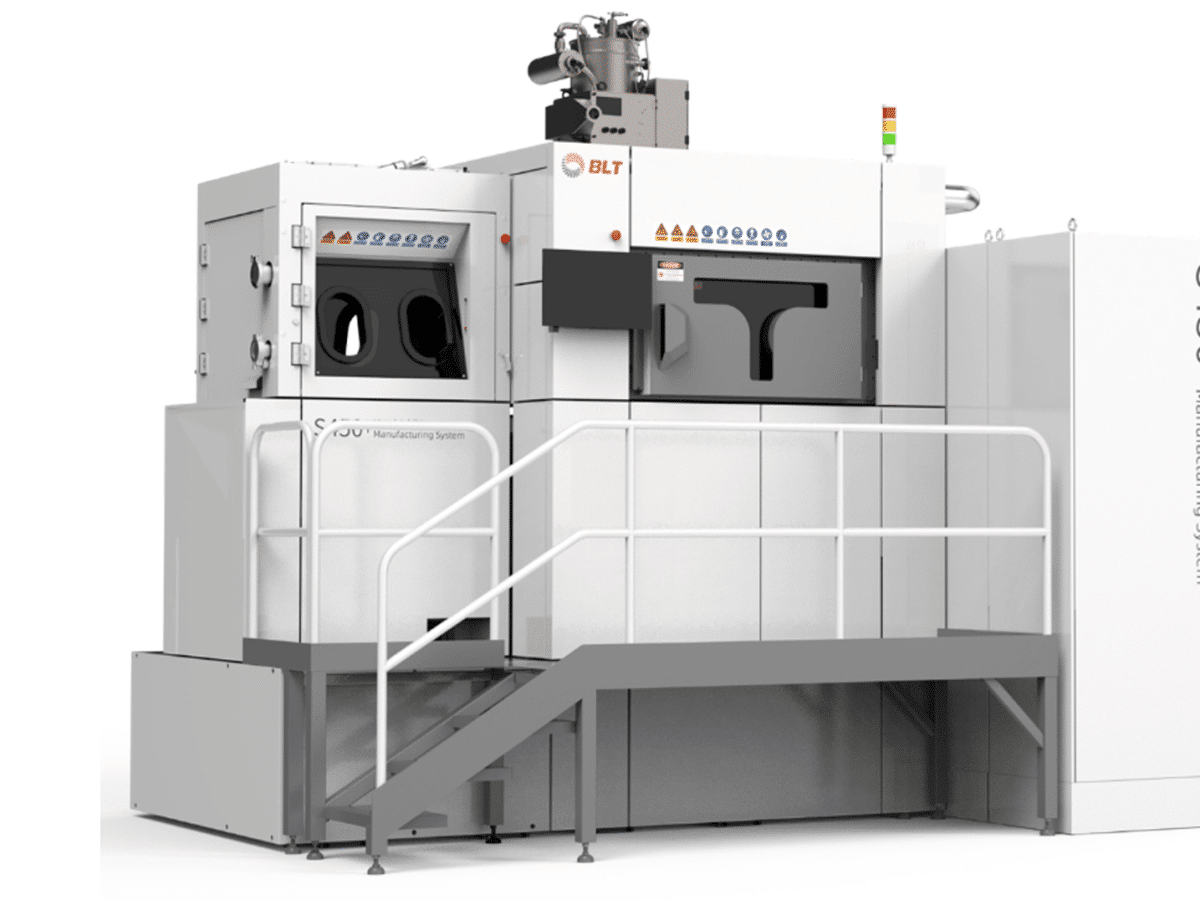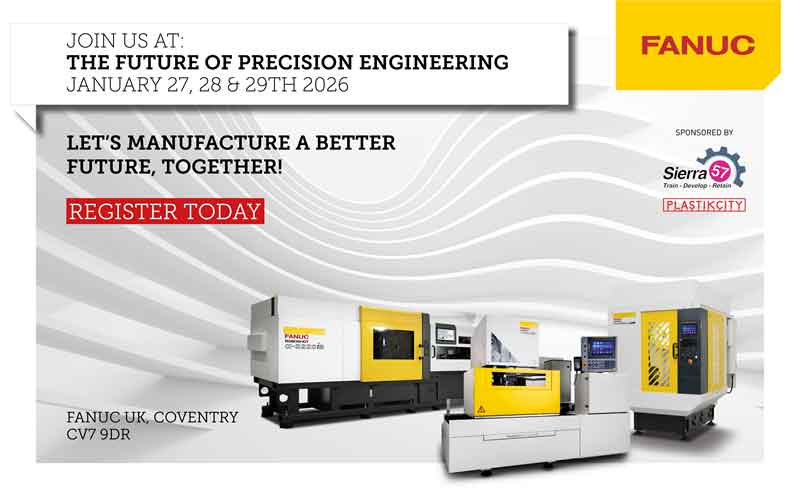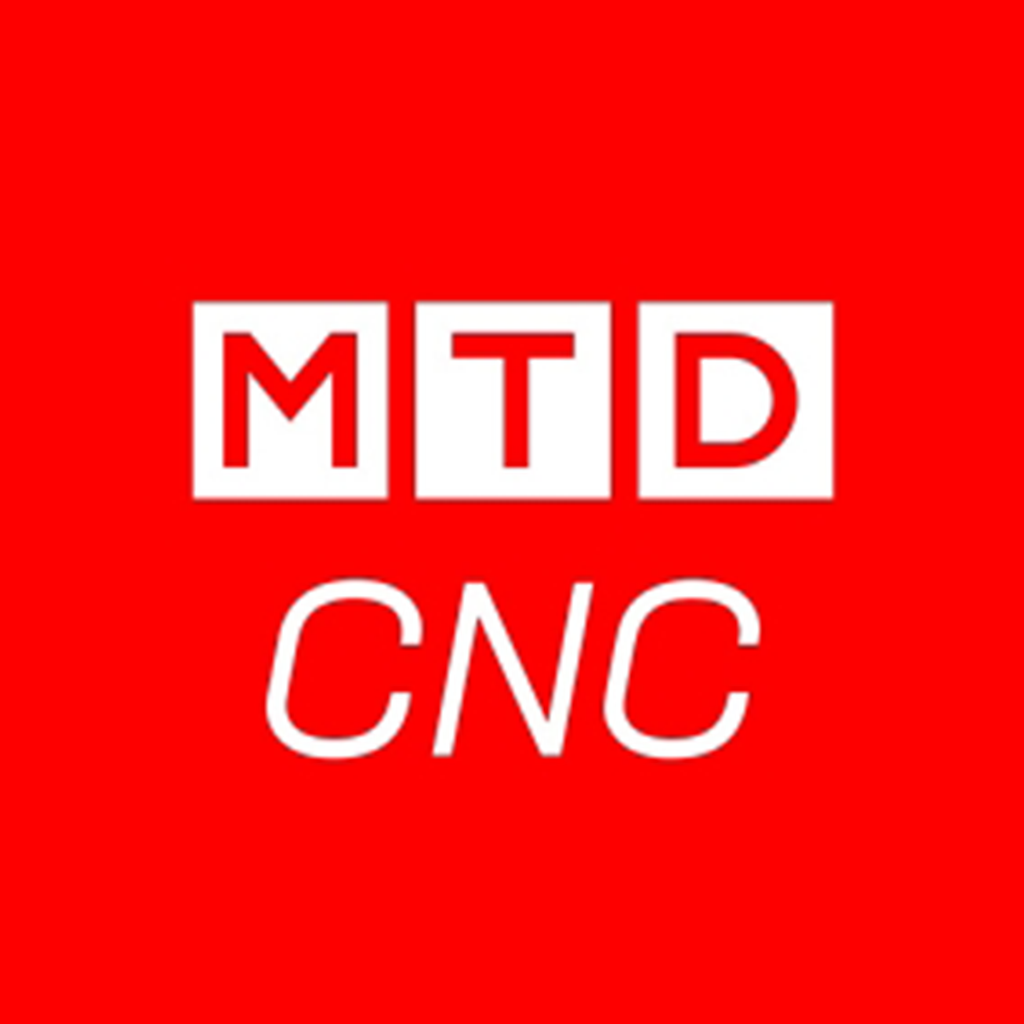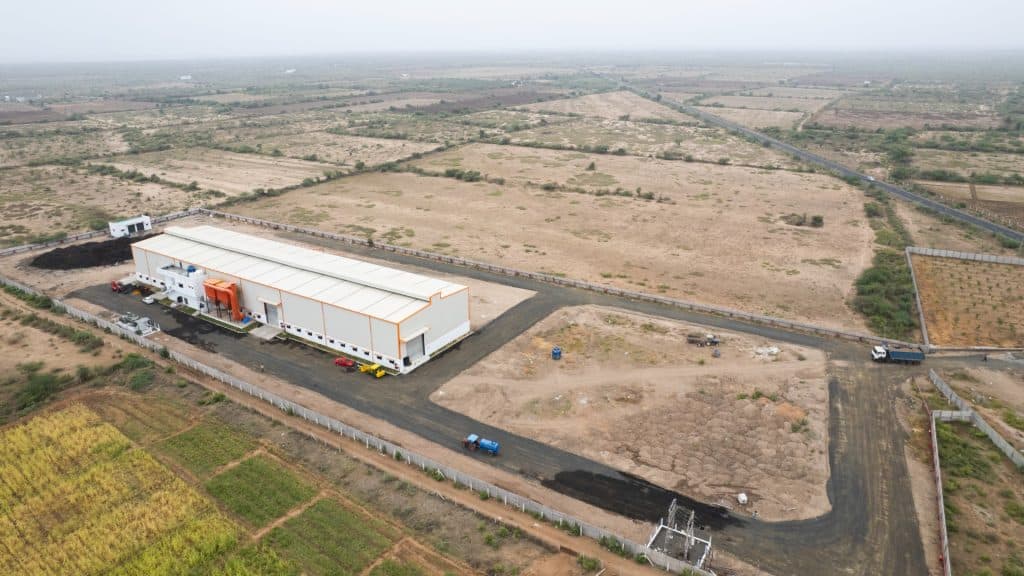
🎧Precision in medical practice Precision in medical practice
In the world of medical manufacturing, where precision is paramount, the production process is key. From crafting bone screws to fabricating complex hip replacements, there’s a high demand for accuracy, reliability, and efficiency. Annika Langéen, Vice President of Offer Management and R&D expert in metal cutting tools at Sandvik Coromant, explains how small part machining supports precise medical device manufacturing.
The medical device industry encompasses various products designed to diagnose, monitor, and treat medical conditions. From diagnostic equipment to implantable devices, the industry caters to the needs of healthcare professionals and patients worldwide. Today, according to the World Health Organisation (WHO), there are an estimated two million different medical devices, categorised into more than 7,000 device groups.
Manufacturing components for medical devices presents challenges that demand advanced machining solutions. End users rely on these devices being manufactured to the highest quality, as products that do not meet quality standards can cause massive disruptions.
Machining challenges
From a machining perspective, the size and complexity of components require micron-level precision, so any manufacturing process must offer accurate end products. The materials used for a wide range of medical device components—typically titanium, stainless steel, and special alloys are selected due to their resistance to corrosion and wear. However, machining must address issues around tool wear, heat generation, and surface finish.
There’s also the issue of productivity. Generally, there is an imbalance between the cost of development and what the market is willing to pay for in any industry. To bridge that gap, manufacturers must continuously increase efficiency and productivity. Sandvik Coromant estimates that manufacturers waste between 10% and 30% of material in their machining processes, with a typical machining efficiency of below 50%, which includes the design, planning, and cutting phases.
To overcome this, Sandvik Coromant focus on reducing non-cutting time to ensure maximum productivity. Tools are designed to be highly flexible and modular and make use of high-pressure coolant to maximise uptime. To illustrate Sandvik Coromant’s medical device tool and machine success, let’s take the example of bone screw manufacturing. Bone screws may be used alone in reconstruction or reparative surgery or with other hardware devices, such as plates, to fix them to the bones. With such a wide array of applications, bone screws are typically long and thin and manufactured for different body parts. They’re generally produced in quantities of between 30 and 1,000 using thread whirling. Here, a cutting tool is mounted on a rotating spindle, which is fed into the workpiece while it rotates. The cutting tool typically has multiple inserts.
During thread whirling, the workpiece rotates on its axis while also being moved longitudinally along its axis. Meanwhile, the cutting tool rotates around the workpiece.
Sandvik machining solutions for sliding head machines use the CoroMill® 325 whirling system, a dedicated whirling unit, and a high-pressure coolant pump with a filter. The CoroMill® 325 is designed specifically for medical device manufacturing, producing special thread forms at high tolerances. The machine completes single-pass machining from stock diameter to reduce the cycle time by minutes and is easily set up to minimise downtime. All Sandvik Coromant thread whirling inserts are available in GC1105 — the first-choice medical grade.
Sandvik Coromant also offers an extensive range of advanced tooling and machining solutions for many additional devices, including hip joints, pedicle screws, and bone plates. Precision machining is essential as medical device manufacturing continues to evolve and become more competitive, driven by advancements in materials, design, and manufacturing technologies.













